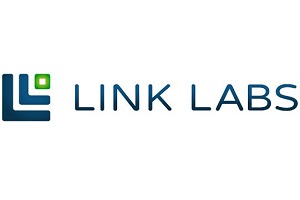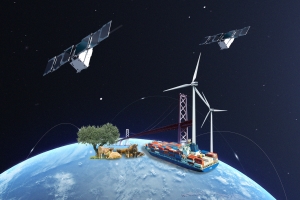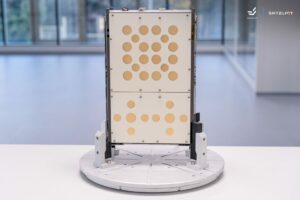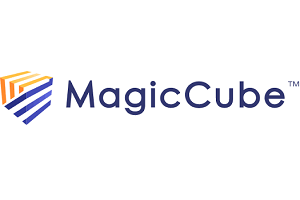IoT connectivity is facing a big test as more companies adopt digital twins technology, claims a leading digital twins expert. Antony Savvas reports from IoT Solutions World Congress in Barcelona.
With digital twins, the idea is that a virtual twin of an existing product is maintained with constantly collected manufacturing and business data, to make sure it is maintained and improved. Alternatively, if an organisation is developing and building a new product, it may well “grow” a new digital twin with ingested business data to check that the product will work, before “birthing” the physical product to market.
Michael Grieves has been a consultant, director and researcher at some of the US’ leading manufacturing organisations over the last 50 years, including at Boeing, GM and NASA, bringing together the physical and virtual world in the manufacturing process for much of that time.
Grieves, speaking at this week’s IoT Solutions World Congress in Barcelona, said the Internet of Things (IoT) would play an increasing role in collecting the vital data needed to successfully launch products, as part of Industry 4.0 and Industry 5.0 that will follow.
The problem however, is that companies are now generating so much data in this area, it will potentially be a challenge for existing IoT sensors to cope with managing it and sending it on in a timely fashion.
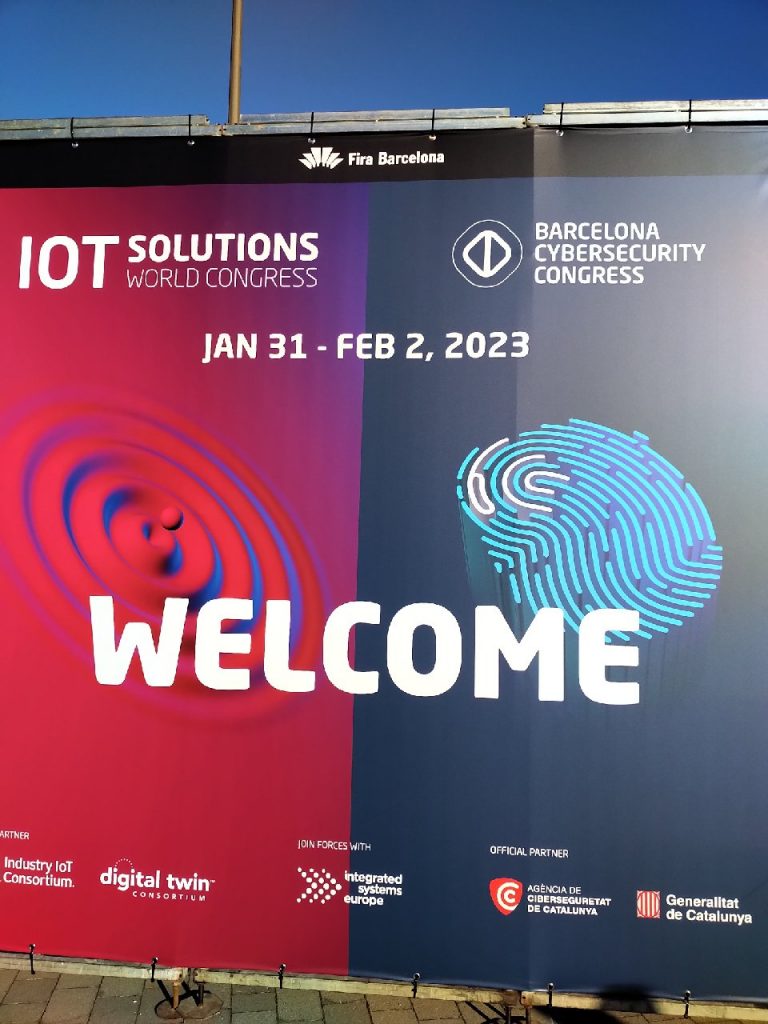

Grieves told attendees, “By 2030, the computer systems used by industry will be 128 times more powerful than today when it comes to data generation, and, by 2040, my reckoning is that they will be 16,000 times more powerful!”
He said that as manufacturers used digital twins more in an attempt to reduce wasted resources in product building and maintenance, it would put more pressure on IoT appliances and networks. And with organisations now expected to make more efforts to secure the data they were generating, those IoT networks would be tested even further with the amount of data going over them.
Whatever the challenges however, Grieves said organisations had to step up to the plate, to help avoid operational problems, and disasters. “We can never again have a missing Malaysian plane disappearing and not being found again,” he said, referring to Malaysia Airlines Flight 370, in March 2014.
Comment on this article below or via Twitter: @IoTNow_OR @jcIoTnow
- SEO Powered Content & PR Distribution. Get Amplified Today.
- Platoblockchain. Web3 Metaverse Intelligence. Knowledge Amplified. Access Here.
- Source: https://www.iot-now.com/2023/02/01/127386-iot-connectivity-faces-big-digital-twins-challenge/
- 000
- 2014
- 50 Years
- a
- adopt
- Airlines
- amount
- and
- appliances
- AREA
- article
- attendees
- author
- barcelona
- before
- being
- below
- Big
- Bringing
- Building
- business
- challenge
- challenges
- check
- claims
- Collecting
- Companies
- computer
- Connectivity
- constantly
- consultant
- data
- developing
- digital
- digital twin
- Digital twins
- Director
- disappearing
- disasters
- efforts
- Even
- existing
- expected
- expert
- faces
- facing
- Fashion
- flight
- follow
- found
- freelance
- from
- further
- generating
- generation
- Global
- going
- help
- However
- HTTPS
- idea
- improved
- in
- Including
- increasing
- industry
- industry 4.0
- Internet
- internet of things
- iot
- IT
- journalist
- Last
- launch
- leading
- maintenance
- make
- Malaysia
- managing
- Manufacturers
- manufacturing
- March
- Market
- max-width
- missing
- more
- needed
- networks
- New
- new product
- operational
- organisation
- Organisations
- part
- physical
- plato
- Plato Data Intelligence
- PlatoData
- Play
- potentially
- powerful
- pressure
- Problem
- problems
- process
- Product
- Products
- put
- reduce
- Reports
- researcher
- Resources
- Role
- Said
- secure
- sending
- sensors
- So
- Solutions
- some
- speaking
- Step
- Successfully
- Systems
- Technology
- test
- The
- things
- time
- times
- to
- today
- together
- Twins
- via
- Virtual
- virtual world
- vital
- will
- Work
- world
- would
- years
- zephyrnet



